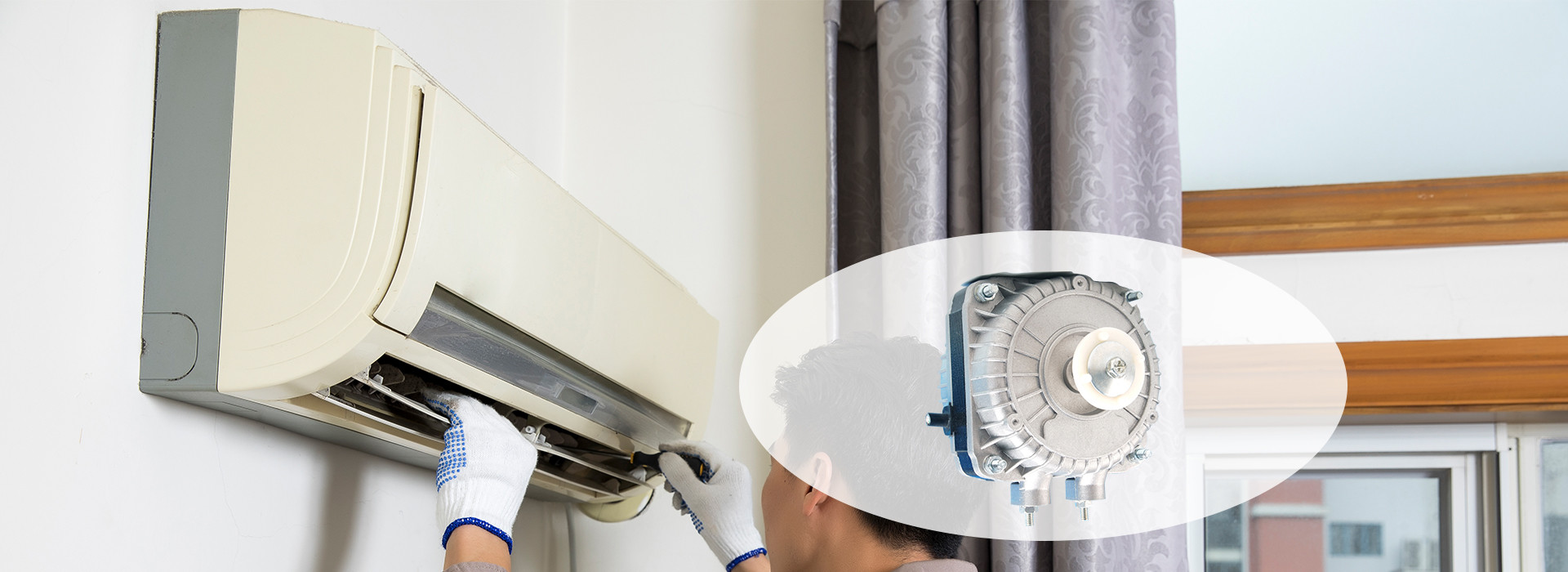The continuous operation and good maintenance of mixed flow fans are the dual guarantee of their efficiency and safety. Long-term operation, accumulation of environmental dust and natural wear of components may quietly weaken their performance and even bury the hidden dangers of failure. If regular maintenance is neglected, not only will the ventilation efficiency be greatly reduced, but it may also trigger serious consequences such as motor overheating, short circuit and even fire. Therefore, it is crucial to implement a systematic maintenance and maintenance strategy for mixed flow fans.
1. Systematic inspection
Regular and comprehensive inspections are the cornerstone of maintenance work. This covers multiple dimensions such as the operating status of the mixed flow fan, bearing wear, impeller integrity and housing cleanliness, and confirms the tightness of all connectors.
2. Deep cleaning and maintenance
Since mixed flow fans will inhale a lot of dust and debris during operation, these attachments will seriously hinder air circulation. Therefore, regular deep cleaning is crucial. Before operation, the power supply must be turned off, and non-abrasive tools (such as soft cloth and soft brush) must be used to carefully remove the accumulated dust, and then a special cleaning agent must be used for deep cleaning. After cleaning, make sure all parts are completely dry to prevent rust caused by moisture.
3. Precision lubrication maintenance
In order to reduce friction loss and extend the life of mixed flow fan components, precise lubrication maintenance of bearings and transmission mechanisms is essential. At the same time, it is necessary to pay attention to maintaining the purity of the lubricant to avoid impurities that affect the lubrication effect.
4. Fine maintenance of the electrical system
The health of the electrical system is directly related to the overall operating quality of the mixed flow fan. Maintenance work needs to be meticulous, including but not limited to checking the integrity of the motor, cable, and terminal blocks, and regularly measuring the insulation resistance and temperature rise of the motor. Once signs of electrical failure are found, such as damaged insulation layer, aging cable, etc., they should be replaced or repaired immediately to ensure the safety and stability of the electrical system. In addition, paying attention to the heat dissipation efficiency of the motor to prevent performance degradation or damage caused by overheating is also an important part of electrical maintenance.


